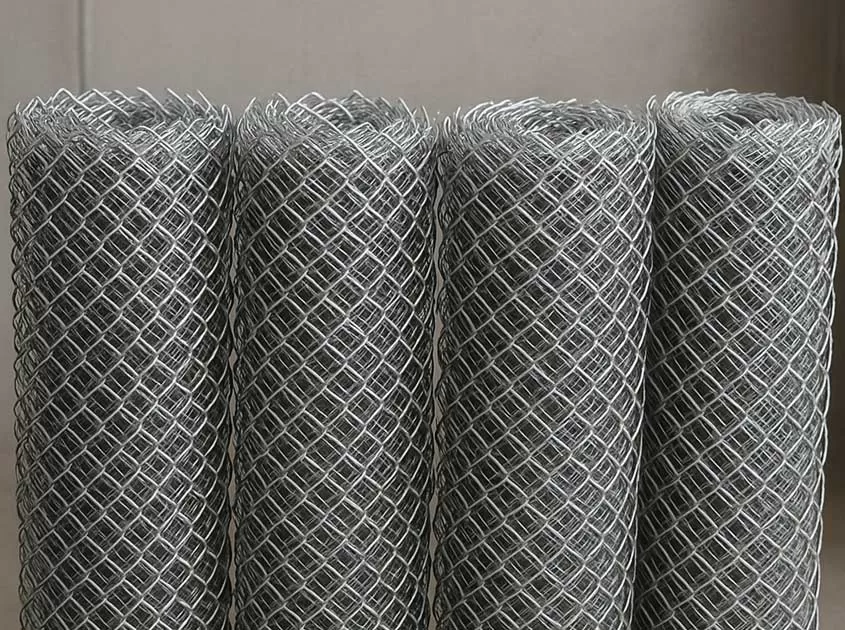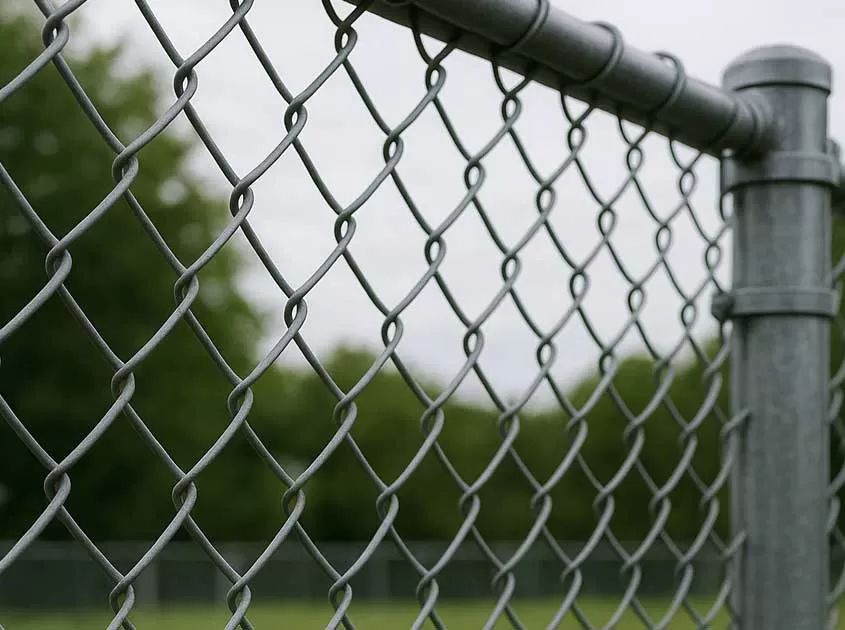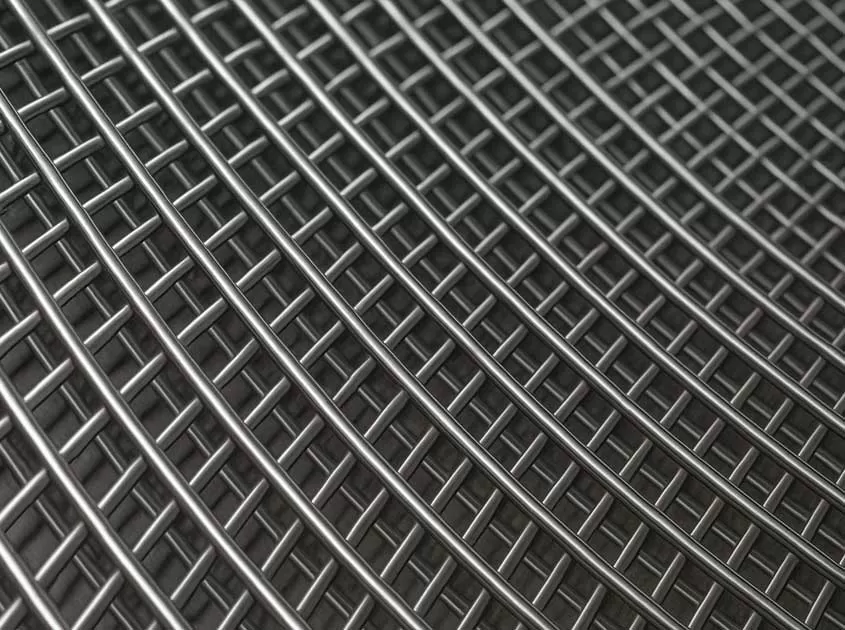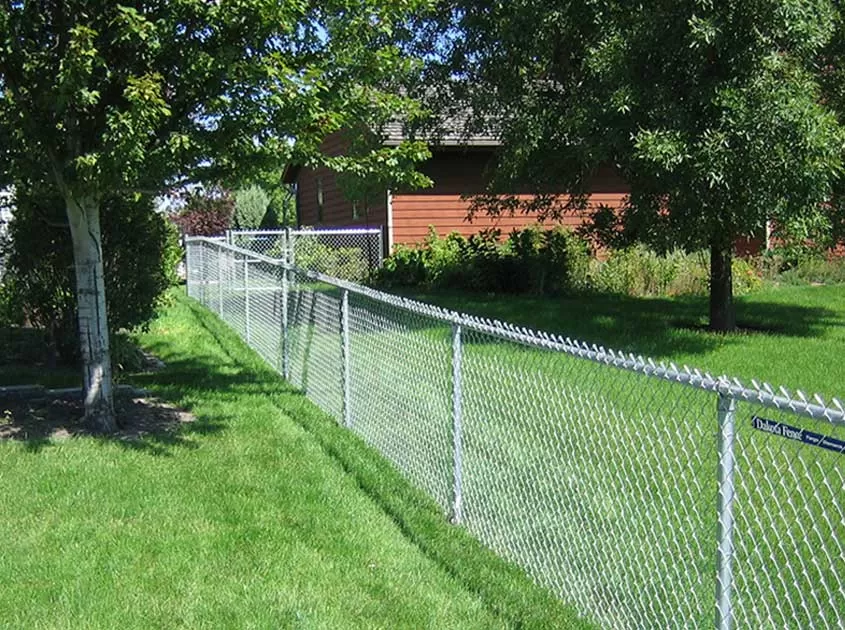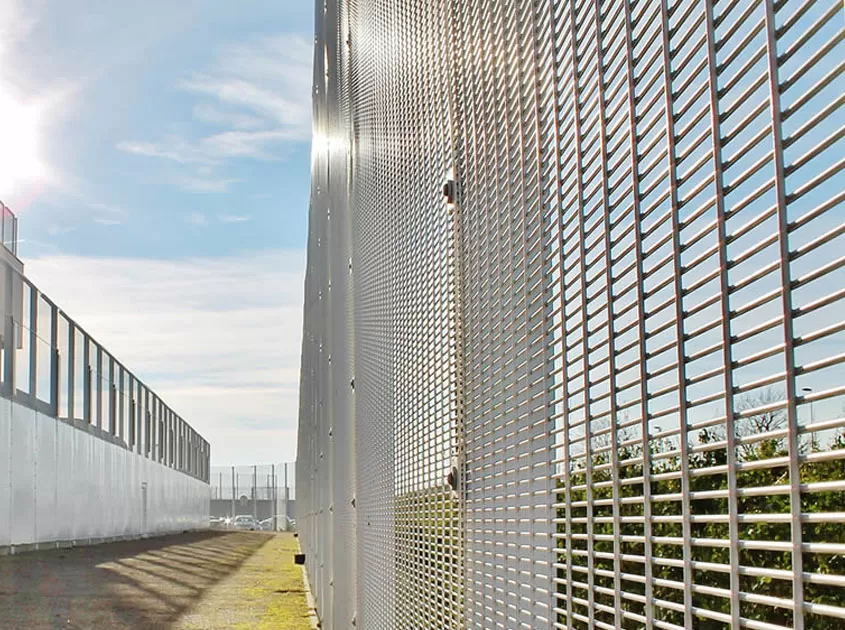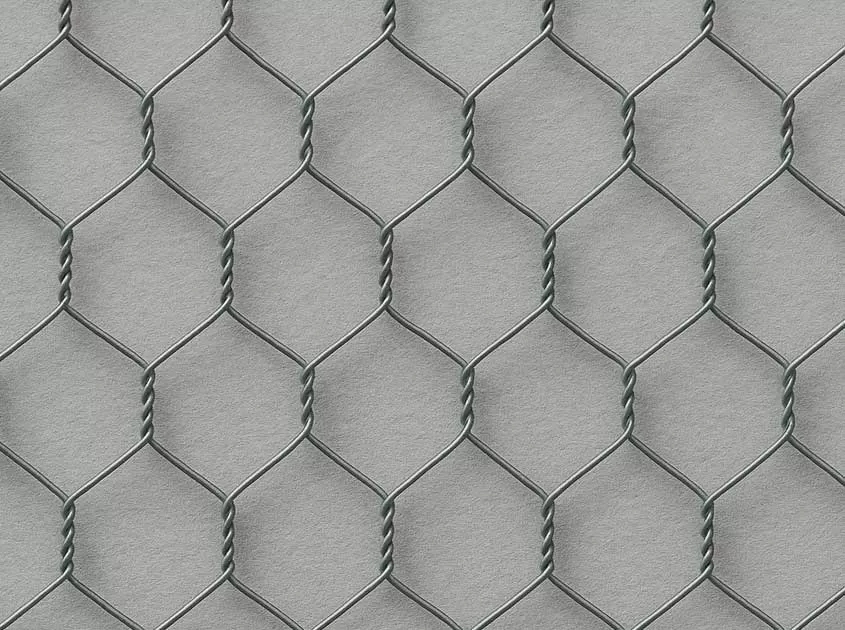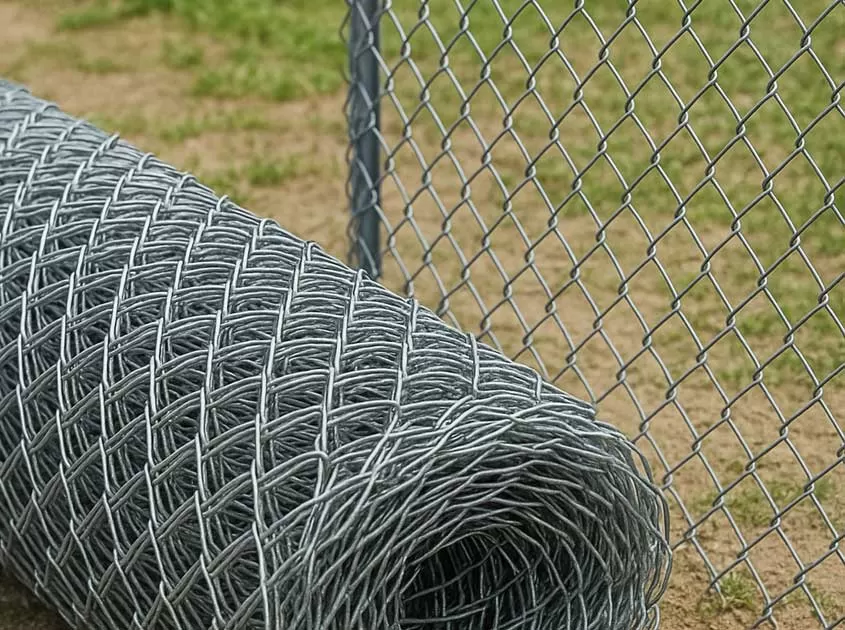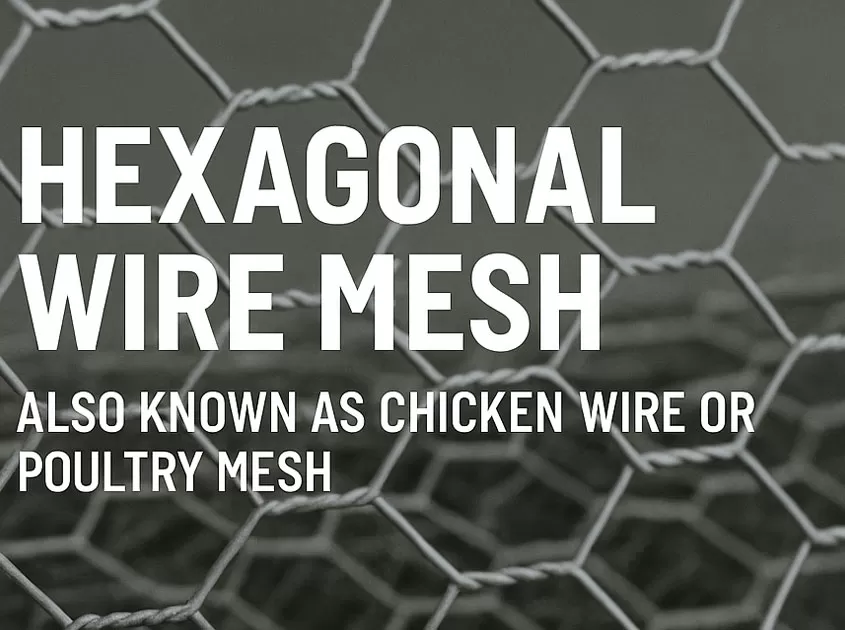What are the primary uses of chicken wire mesh
Chicken wire mesh, also known as poultry netting or hexagonal wire mesh, is a versatile material widely used in various industries and applications. Its unique characteristics make it suitable for a range of purposes. In this article, we will explore the primary uses of chicken wire mesh and its significance in different fields.
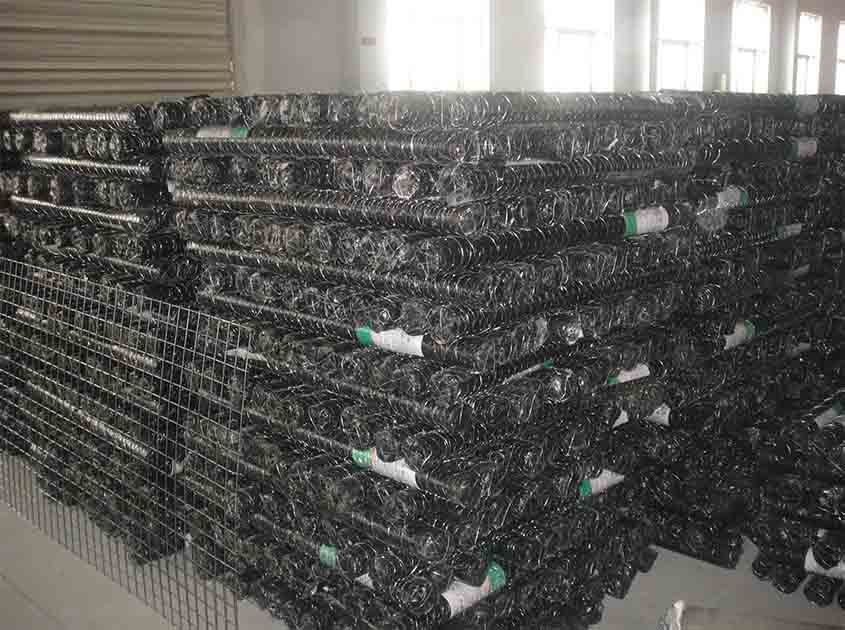
Poultry Enclosures:
As the name suggests, one of the primary applications of chicken wire mesh is in poultry farming. It serves as a protective barrier for enclosing chicken coops, hen houses, and other poultry enclosures. The small hexagonal openings effectively prevent small animals, such as chickens, ducks, and geese, from escaping while also keeping out potential predators. Chicken wire mesh provides a secure and cost-effective solution for creating safe environments for poultry.
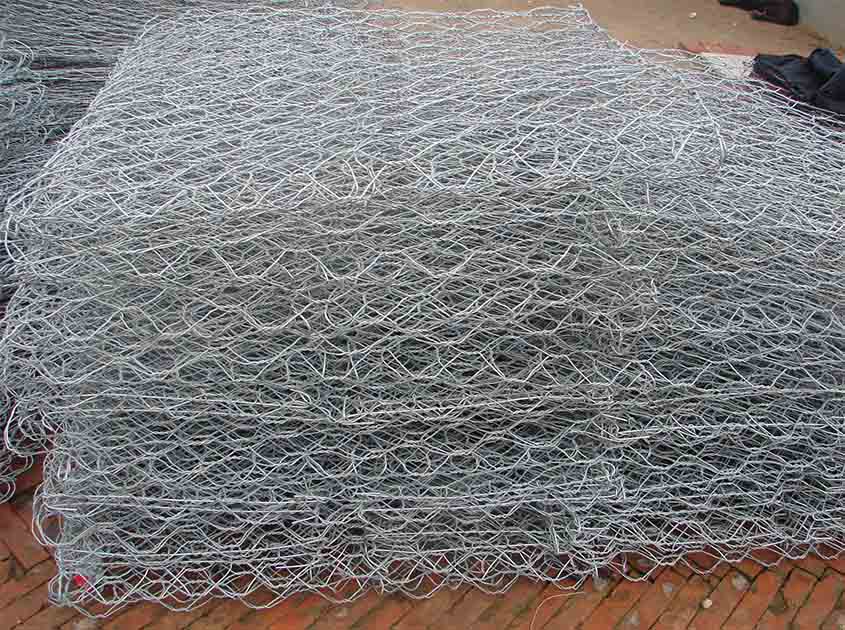
Garden Protection:
Chicken wire mesh is widely used to protect gardens from pests and small animals. It forms a physical barrier that keeps out rabbits, squirrels, rodents, and other critters that may damage plants or crops. The fine mesh openings prevent these animals from accessing the garden while allowing sunlight, air, and water to pass through. It is particularly useful in safeguarding delicate plants, seedlings, and flowerbeds.
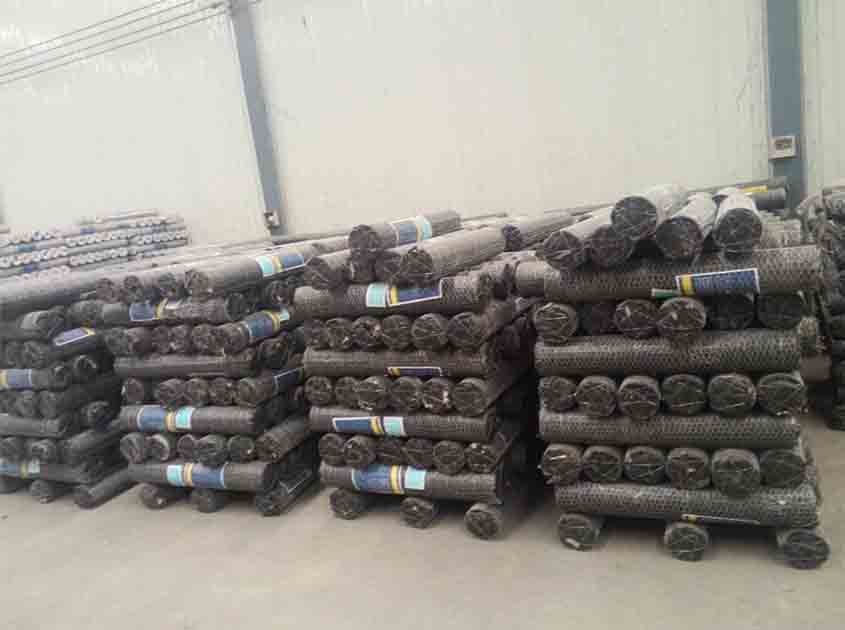
Erosion Control:
Due to its lightweight and flexible nature, chicken wire mesh is employed in erosion control measures. It can be used to stabilize soil on slopes and embankments, preventing erosion caused by rainwater runoff. By securing the soil and preventing it from washing away, chicken wire mesh helps promote healthy vegetation growth and protects against land degradation.
-
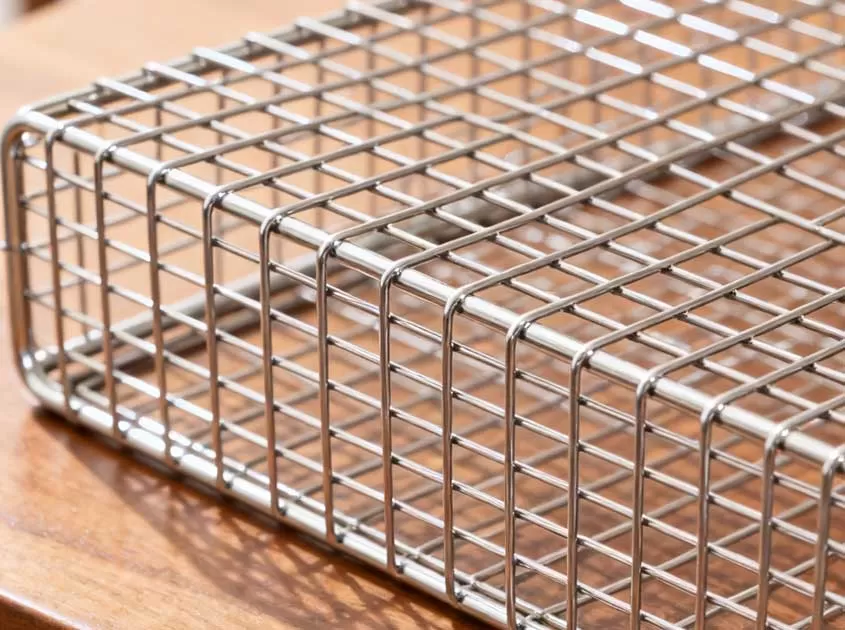 Corrosion-Resistant Stainless Steel Wire Mesh Oct 28, 2025
Corrosion-Resistant Stainless Steel Wire Mesh Oct 28, 2025

- Tel.: +86 311 83077076
- E-mail: sales@qunkunmetal.com
- Skype: qunkunsales01
- WhatsApp: 8618032412189
- Add.: No.69 The Filter Industrial Part of Anping, Hebei, China




